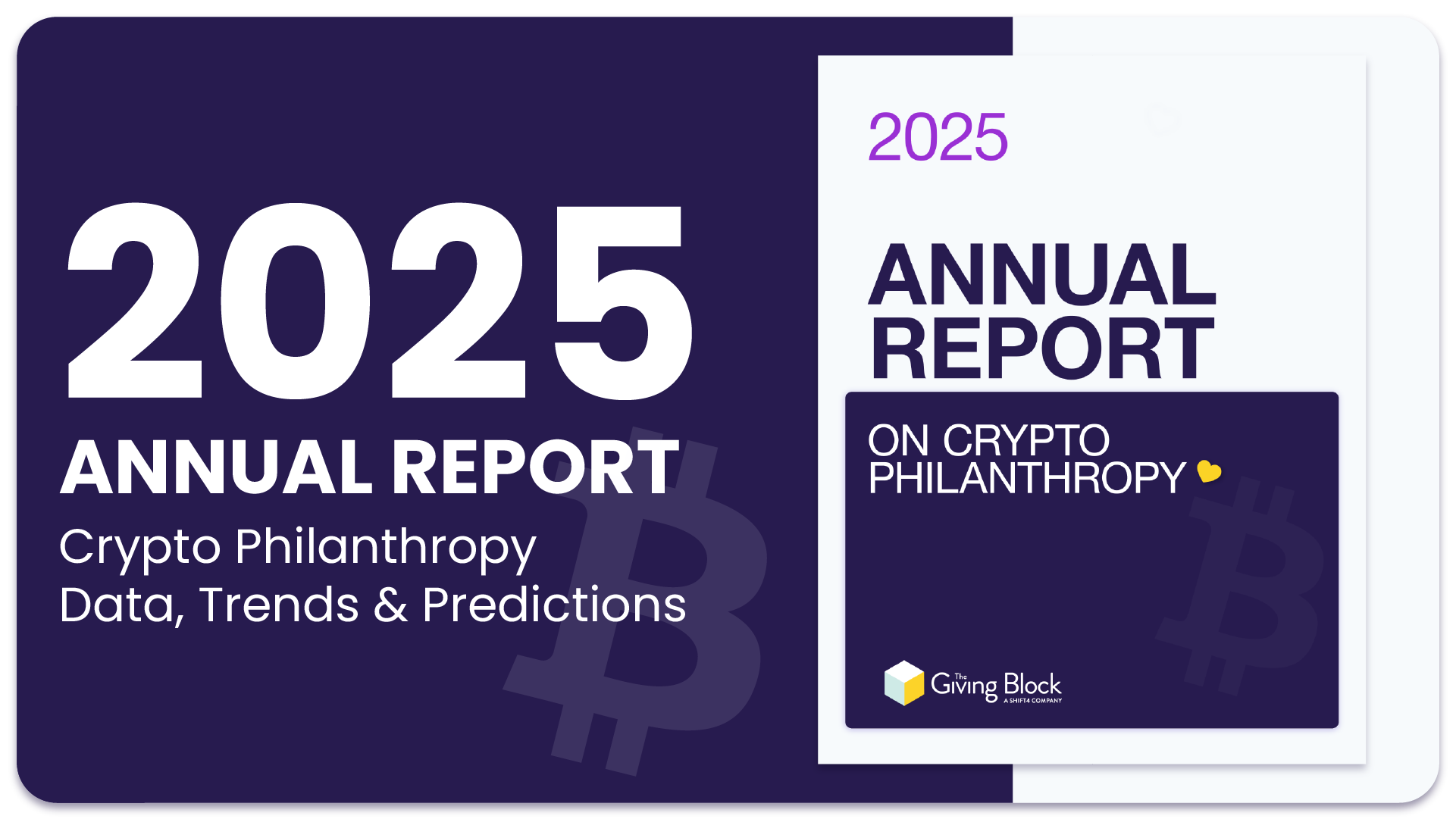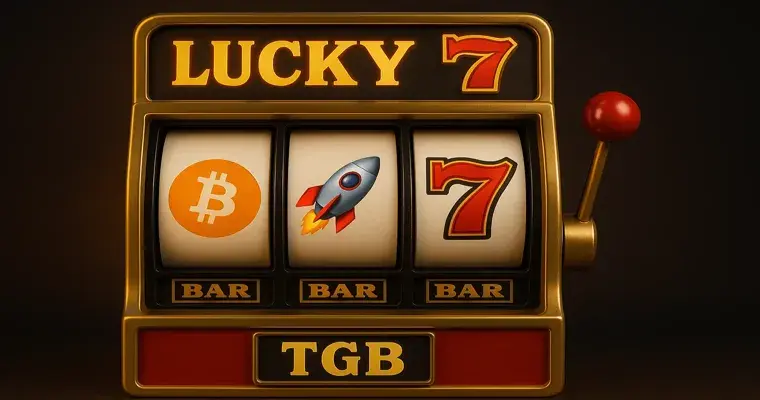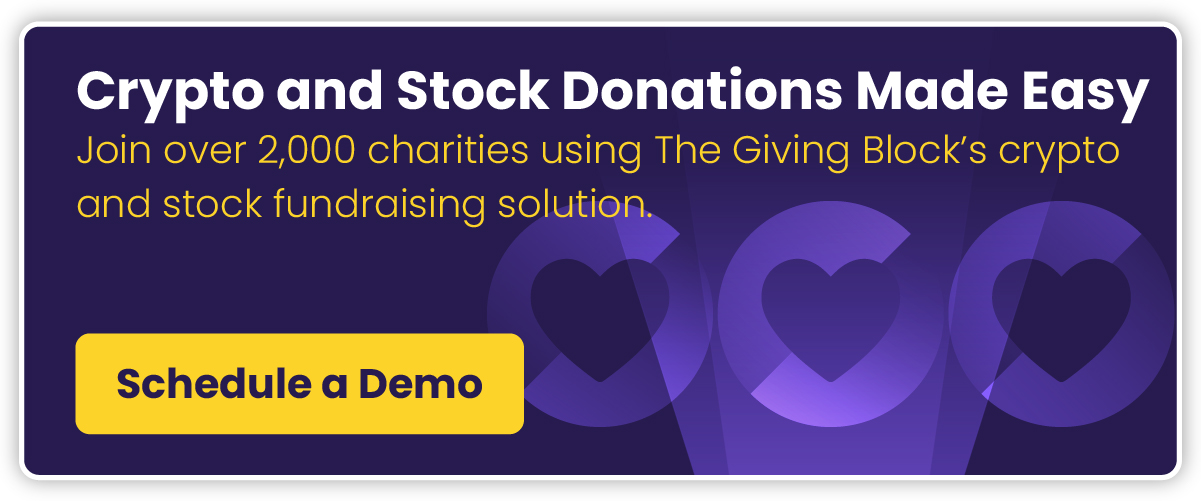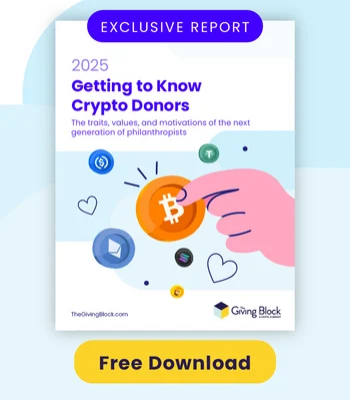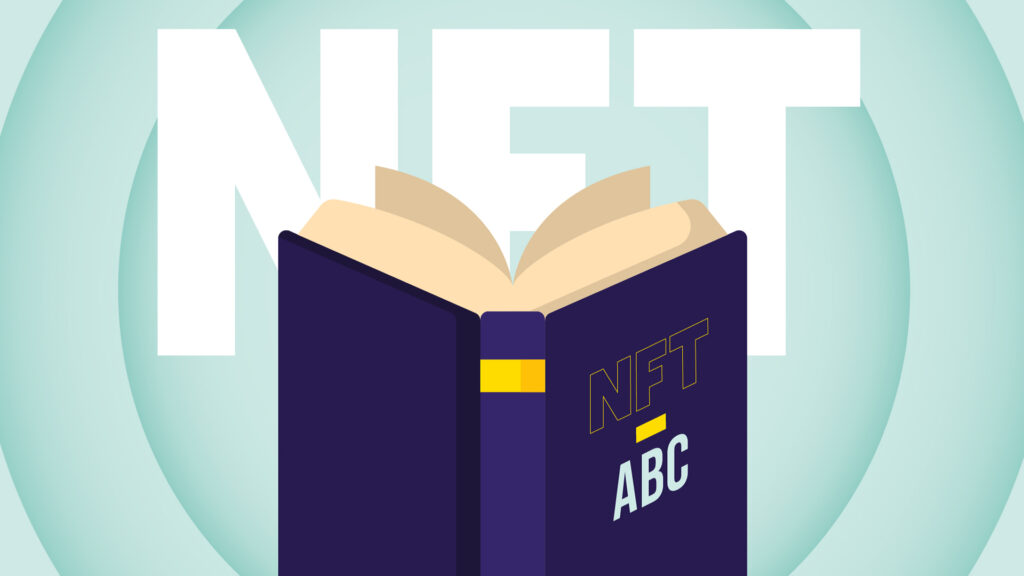Fundraising may often be a sprint, but donor stewardship is more of a marathon. To grow their revenue each year, nonprofit fundraisers need to develop or nurture genuine relationships with donors to earn those game-changing major gifts.
But with more than 1.7 million nonprofits in the United States alone, the reality is that you’re competing for each and every donation.
And at the same time, donor retention (and burnout) is a key issue facing most charitable organizations, so it’s a good idea to get back to the basics and make sure your next steps will be worthwhile to both your and your potential supporters.
Take a few minutes to refresh your knowledge of major giving best practices and pick up some new strategies that can increase your success rate in landing those big, impactful donations.
What Are Major Gifts?
Major gifts are the largest donations received by a nonprofit organization.
Some organizations regularly get gifts of $100,000 or more, while other organizations have a total operating budget of $100,000 or less. Therefore, what qualifies as a major gift varies from organization to organization.
To determine your nonprofit’s major gift threshold, divide your total annual donation volume by the number of donations received. Any donation above that average amount could be considered a major gift.
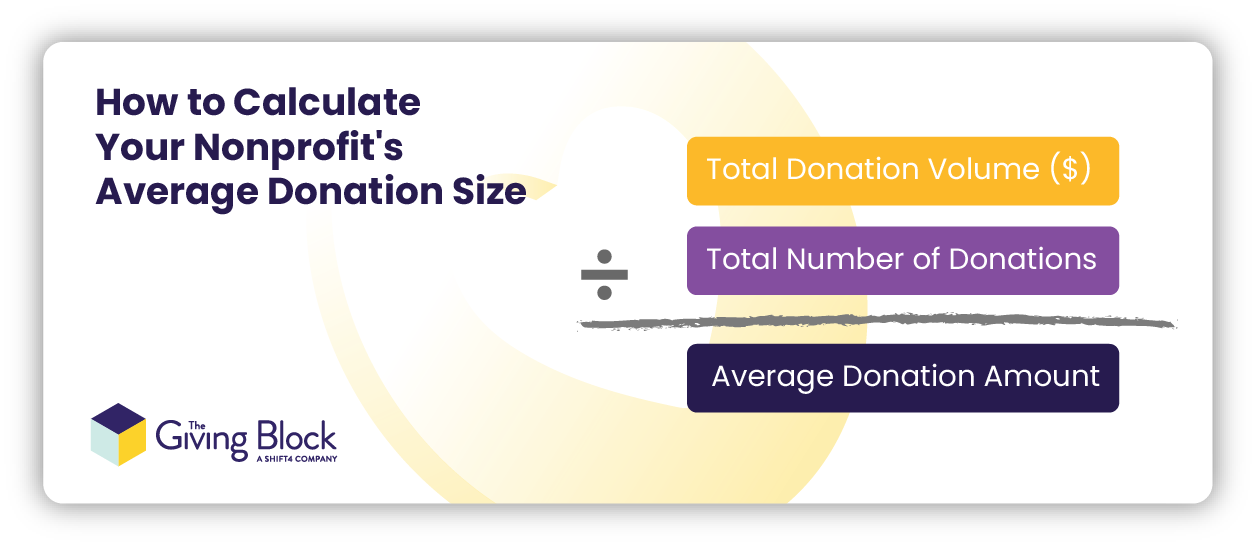
Alternatively, you could decide that only the largest 20% of donations qualify as major gifts. At the end of the day, it’s entirely up to your team to decide.
Why Do Major Gifts Matter?
We need to value donors as much as we need value from them.
Major gifts represent a huge portion of all charitable giving. Studies have shown that high net worth individuals (HNWI) are responsible for as much as 67% of all donations.
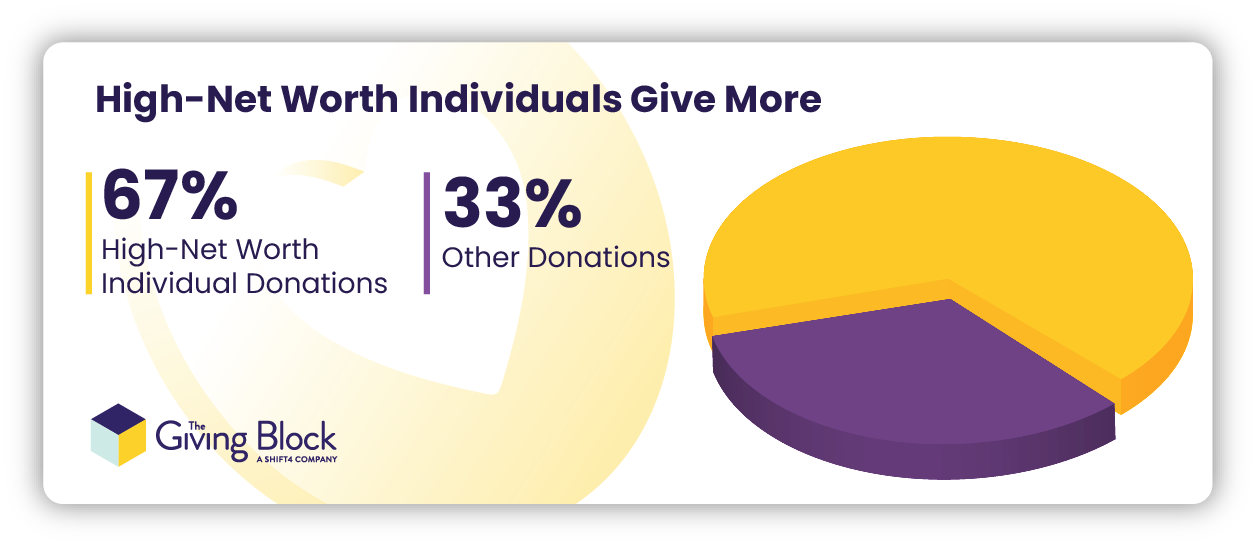
To put it into even greater perspective, consider that roughly with $484.8 Billion donated each year, in 2022, just ten donations from ultra wealthy philanthropists like MacKenzie Scott and Bill Gates totalled $9.3 Billion, equal to about 1% of all donations.
Given the disproportionate amount donated by a small percentage of individuals, your nonprofit’s major gift fundraising strategy is critical to the overall impact of your mission.
The Challenge of How to Engage Major Donors
The problem many nonprofits face is not a lack of supporters capable of making major gifts. The critical challenge is your nonprofit’s ability to tap into the generosity of wealthy donors.
A wealth screening study of several thousand nonprofits conducted between 2018 and 2020 found that a staggering 92 out of 100 potential major donors were not current major donors. This may come as a surprise to you, unless your team has a “power user” of wealth screening solutions on staff.
There’s also plenty of anecdotal evidence suggesting that the process of cultivating donors to make major gifts can take upwards of a year.
Bottom line? Major gifts require a good deal of time and effort to secure. But on the positive side, big donations are more impactful than the smaller gifts (e.g. under $200, the average online cash donation side) that your nonprofit receives.
The 5 Stages of the Donor Cultivation Cycle
If you need to raise funds from donors, you need to study them, respect them, and build everything you do around them.
Did you know that donors who have given at least $100,000 are 32 times more likely to donate elsewhere?
This means two things. First, big donors are frequently looking for new ways to make an impact through charitable giving. Second, your current major donors require ongoing stewardship in order to secure another gift.
Your team shouldn’t approach big donors until you have a major giving strategy in place. Here are the five key steps of the solicitation cycle used by many major gifts officers: Identification, Discovery, Cultivation, Solicitation, and Stewardship.
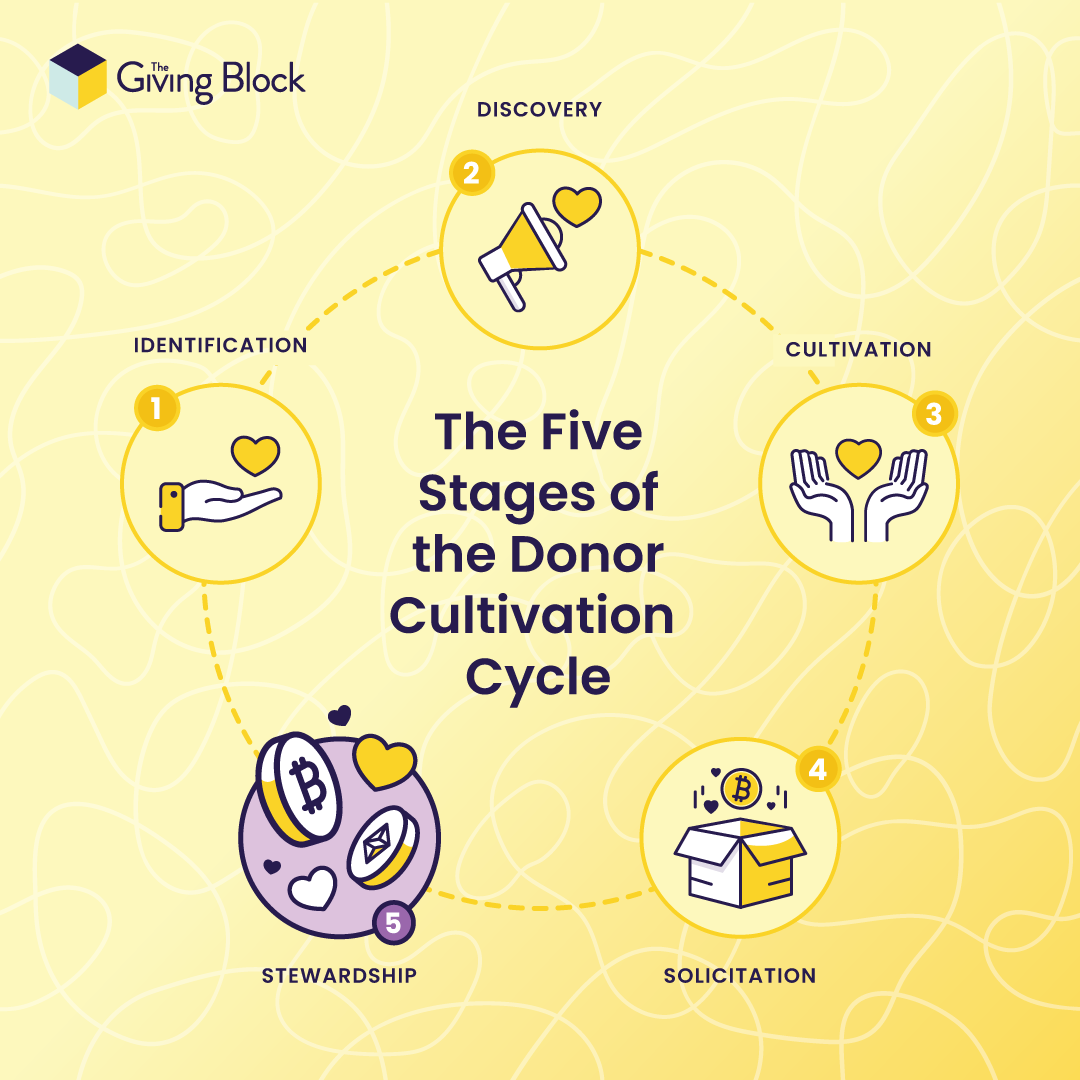
1. Identification
Finding donor prospects is your first step in the major gifts fundraising process. You can immediately get started by analyzing your database of current and past donors to identify major givers.
Looking at a donor’s past giving behaviors is a great starting place. How much did they give? How recently? Was it a cash donation, or a property donation such as a stock gift? You can also look beyond your donor database, if you hope to expand your donor outreach.
The desired outcome of this stage is to come away with a list of potential major donors that you can contact. It’s OK if that list is pretty long, as you will be filtering it further in the next steps.
2. Discovery
This is the stage where you can prioritize your outreach by narrowing down your list of prospects. To do this, your team needs to assess whether those potential big donors are in fact in a position to make large gifts. You’ll also want to get a sense whether they seem interested in supporting your mission.
At this point wealth screening tools can be useful, to help your team identify key data points about your prospects, such as whether or not they hold real estate or stocks. A Google search can also reveal useful information, such as their volunteer or board involvement with other nonprofits.
Your initial list of prospects should now contain more details about your potential donors. These individuals should be ranked in order of their likelihood of giving to your nonprofit.
3. Cultivation
It’s finally time to begin your donor outreach. Before you start making phone calls, prepare your talking points in advance. Your primary goal at this point is to convince the donor that your nonprofit is worthy of financial support.
What kind of impact does your organization hope to make in the coming year? The more specific, the better. Do you have impact stories from the past year? Make use of your best quotes, images, data points, and video testimonials.
Keep in mind that personal touches can make a huge difference with major donors. If you are speaking with a past donor, be sure to make them feel appreciated. If you are sending emails, take the extra steps to tailor the message for every recipient.
4. Solicitation
If your cultivation conversations have gone well, your potential donors will be receptive to talking about giving. Don’t try to speed through the next steps, though. Solicitation is a gradual process that can take months, or even years.
Keep in mind that gift renewal asks often require as much tact as donor prospect conversations. Never assume that a donor wants to give another gift just because they have supported you previously.
Of course, be prepared to make your fundraising ask. But especially if long-term support is your ultimate goal, keeping the relationship on good terms is paramount, whether they say yes or no.
And because no two donors are alike, practice active listening during these phone calls, Zoom chats, or in-person conversations. A prospective donor may have already committed the bulk of their charitable donations to another charity, or they may want to use a structured gift like a donor-advised fund.
5. Stewardship
Because this process is a cycle, it doesn’t simply end with your prospect’s decision to give this year or not. After all, the most important part of building relationships is to actually develop them over time, with multiple touch points every year.
To show donors you genuinely appreciate their support, send them personalized messages and impact stories. If they gave you a major gift, a handwritten thank you note is good practice, as is a phone call or visit from a member of your fundraising team, executive leadership or board.
With each message and communication, you’ll be more familiar with their needs, and more likely to feel comfortable making the kind of major gift ask that can make a huge impact for your nonprofit. This is arguably the most important step in the whole cycle.
Securing Major Gifts from New Donors
Major donor stewardship is not a race, but you should start right away if you want your efforts to make a difference before the year-end giving season.
Landing major gifts is mostly about building relationships, and a critical part of that process is listening to potential donors’ needs and wants, especially about giving amounts and methods.
If your major giving strategy is tied to new donor outreach, consider whether your nonprofit is equipped to accept non-cash donations of assets such as stocks and cryptocurrency.
Crypto and Stock Donations Unlock Larger Gifts
Recent data shows that cryptocurrency and stock gifts tend to be larger than more traditional check or credit card donors. Stock donations are about $5,000 on average, while the average crypto donation hovers around $10,000.
Having a means to accept donations in these asset classes helps your nonprofit in several ways.
- You can expand your donor prospect outreach.
- You can offer tax-optimized ways to support your cause.
- You can steward younger donors as major donor prospects.
Final Takeaways
It’s never too early (or too late) to increase your odds of securing those large, impactful donations. If you plan to update your major gift strategy this year, start with getting back to basics.
As you identify your team’s strengths and pain points in the donor solicitation cycle, make a list of training opportunities, technology upgrades, and collateral needs such as marketing materials that can elevate your pitch to prospects.










